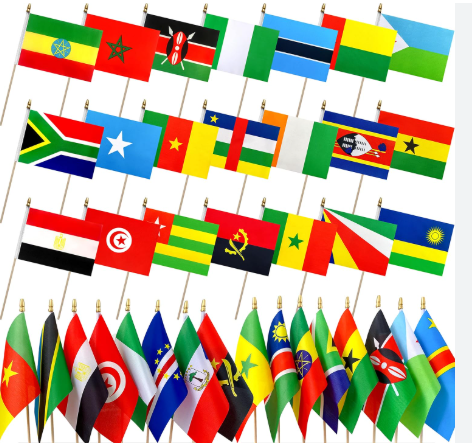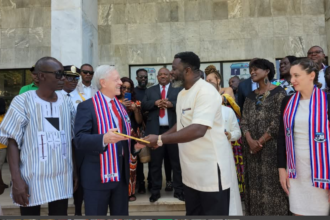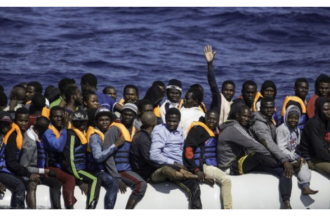By Emily Sims
Washington D.C. / Across Africa –African nations have been granted a brief one-week reprieve as the United States pushed back the implementation date for new tariffs to August 7. The looming deadline introduces a flat 15 percent tariff on most African exports to the United States, replacing a patchwork of earlier rates, and imposing significantly steeper duties on key economies like South Africa and Algeria.
The latest executive order, signed by President Trump, signals a significant shift in U.S. trade policy towards the continent. While the new 15 percent flat rate will impact countries like Angola, the Democratic Republic of Congo (DRC), Côte d’Ivoire, Ghana, Uganda, and Botswana, it represents a particularly sharp increase for those previously enjoying duty-free access under the African Growth and Opportunity Act (AGOA).
For some countries, the 15 percent rate is actually lower than the dramatically higher tariffs initially threatened by Trump in April. Lesotho, for instance, had faced a proposed 50 percent tariff, Madagascar 47 percent, and Botswana 37 percent. However, others like the DRC and Cameroon, previously looking at 11 percent, and Nigeria at 14 percent, will see their costs rise.
Lesotho and Tunisia Already Feeling the Pinch
Even before the official August 7 deadline, some nations have already begun to feel the adverse effects of the policy shift. Lesotho, a small nation of 2.3 million largely dependent on AGOA trade, was among the first. The country, which exported nearly $240 million worth of goods to the U.S. in 2024, declared a state of emergency on July 9, citing concerns about the complete destabilization of its textile sector and an imminent youth unemployment crisis.
Similarly, Tunisia is set to be hit with a 25 percent tariff on August 7, part of a wider wave of U.S. import taxes affecting nearly 60 countries. This rate is expected to severely impact Tunisia’s craft sector, for which the United States is the largest buyer.
Karim Bairam, a mosaic stone cutter at the National Office of Crafts in Tunis, voiced his fears to RFI, stating that 80 percent of his work is exported, much of it to the U.S. He anticipates a significant drop in demand as customers bear the burden of increased customs and delivery costs. Kenza Fourati, co-founder of traditional leather slipper brand Osay the Label, echoed this concern, stating, “The impact on the artisans we work with will inevitably be that there will be less production, the production volume will inevitably decrease a little if prices change.”
South Africa and Algeria Face Steep Penalties and Intense Negotiations
Among the hardest hit are South Africa and Algeria, which face proposed tariffs of 30 percent. South Africa’s steep tariff comes amidst harsh political criticism from President Trump and his MAGA movement, who accuse the South African government of discrimination against white farmers.
South African President Cyril Ramaphosa confirmed on Friday that the country would utilize the week-long delay to engage in intensive negotiations with Washington to avert the punitive tariffs and save jobs. “Within the window that’s still open, we’re hoping that we will find a way to settle this matter,” Ramaphosa told journalists. “Our task is to negotiate as strongly and as hard as we can with the United States. Our objective, really, is to save jobs.”
Algeria also faces a 30 percent tariff; a rate Trump had previously imposed in April. The U.S. president had warned in July that he would place an additional 10 percent tariff on any country aligning itself with BRICS, referencing the bloc’s “Anti-American policies” in a post on his Truth Social platform.
U.S.-Algeria trade amounted to an estimated $3.5 billion in 2024, with Algeria’s exports to the U.S. primarily consisting of oil. Similarly, US-Libya trade, estimated at $2.0 billion in 2024, saw nearly all its $1.57 billion in exports to the U.S. in 2023 comprise crude petroleum.
As the clock ticks towards August 7, African nations are scrambling to negotiate, adjust, and brace for the significant economic reverberations of Washington’s shifting trade landscape.









